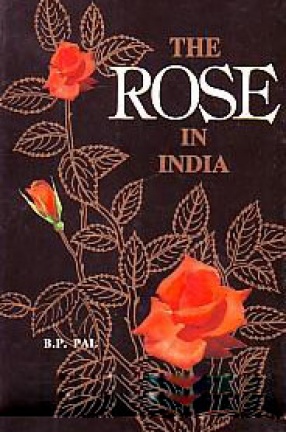Weeds pose serious problems in both crop and non-cropped areas and water-bodes. They infest lawn and gardens; become troublesome along highways, railroads and industrial areas; in irrigation and drainage systems; and create health hazards to animal and human beings.
The author has attempted to present the subject in an useful way and readable manner so as to understand easily. It will be helpful to research workers, college and University teachers, Vocational teachers, extension specialists, herbicide sale representatives and progressive farmers. Weed control practices suggested are based on research reports of several workers in this field and his own experience. However, farmers are not quite familiar to the use of herbicides as is the case of pesticides and fungicides; only because they do not have adequate knowledge in the techniques of application, availability and also cost involvement.
The book contains classification and description of monocot, dicot, aquatic and parasitic weeds; reproduction and dissemination of weeds, allelopathy, weed control methods, classification of herbicides and mode of herbicidal action: selective weed control in field crops: plantations and Horticultural crops, grass lands and ornamentals: residual effect of herbicides, along with useful illustrations.
A couple of vary good text books on weed science from India and abroad are available which are being used as guides to teach weed science courses. However, this book is a practical guide, provided with up-to-date information in a comprehensive and understandable manner, dealing with all the practical aspects.









There are no reviews yet.